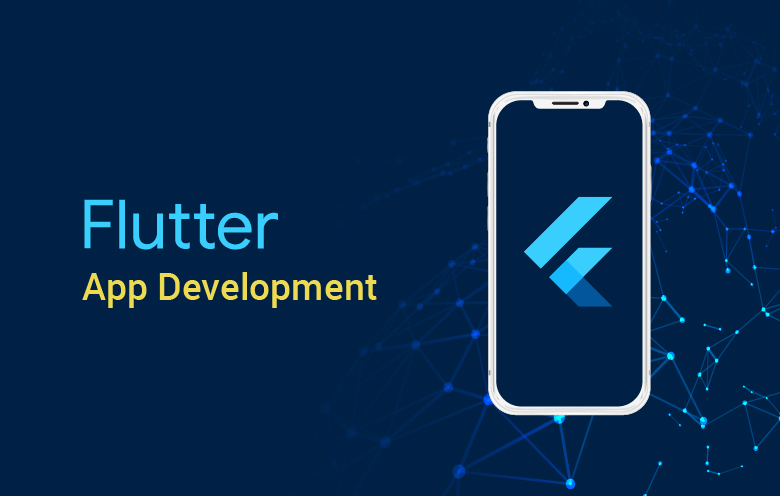Flutter: Unleash Your App's Potential with Google's Cross-Platform Wonder
Discover the power of Flutter, Google’s UI toolkit, and learn how it enables developers to create stunning, native-like cross-platform apps with ease.
Flutter App Development?
Flutter is Google’s portable UI toolkit for crafting beautiful, natively compiled applications for mobile, web, and desktop from a single codebase. Flutter works with existing code, is used by developers and organizations around the world, and is free and open source.
Are you ready to take your mobile app idea to the next level? Our team of skilled Flutter app developers is here to bring your vision to life!

FAQ
Flutter is a UI toolkit developed by Google for building natively compiled applications for mobile, web, and desktop platforms. It is gaining popularity in app development due to its ability to create visually stunning and performant apps with a single codebase. Flutter’s hot reload feature, rich set of pre-designed widgets, and fast development cycle contribute to its rising popularity.
Flutter offers several advantages for cross-platform app development. It allows developers to write code once and deploy it on multiple platforms, reducing development time and effort. Flutter’s reactive framework enables smooth and responsive user interfaces. It provides a rich set of customizable widgets, eliminating the need for platform-specific code. Flutter also offers native-like performance, access to device features, and seamless integration with popular development tools.
To install and set up Flutter for your development environment, you need to download the Flutter SDK and add its bin directory to your system’s PATH variable. Then, you can run the Flutter command to download the necessary dependencies and set up the development environment. Flutter supports multiple IDEs, including Visual Studio Code, Android Studio, and IntelliJ IDEA. You can choose your preferred IDE and configure it to work with Flutter.
Flutter’s widget-based approach simplifies building user interfaces. Widgets are the building blocks of Flutter apps, representing various UI components and layouts. Flutter’s declarative UI paradigm allows developers to describe the desired UI using widgets, which are then rendered on the screen. The widget-based approach promotes a consistent UI across platforms, enhances code reuse, and enables easy customization and composition of UI elements.
Flutter provides a wide range of pre-designed UI components and themes to help developers create visually appealing apps. Material Design widgets follow Google’s Material Design guidelines, offering a modern and visually consistent look. Cupertino widgets follow the iOS design guidelines, providing an iOS-native appearance. Additionally, Flutter’s widget catalog includes buttons, cards, dialogs, forms, navigation components, and more, all designed to facilitate efficient and beautiful UI creation.